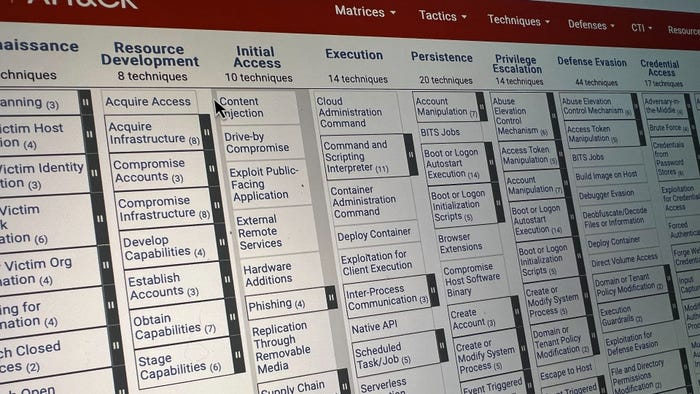Google's reCAPTCHA Version 3 Offers Better Bot-Fighting CapabilitiesGoogle's reCAPTCHA Version 3 Offers Better Bot-Fighting Capabilities
Google is rolling out the third version of reCAPTCHA software, which the company claims can better fight spam and bots with less user input.

reCAPTCHA is the security service hosted by Google that is designed to shield websites from spam and bot traffic. This week, the search giant has announced the latest update -- Version 3 -- that offers new ways of achieving that goal.
Version 3 runs adaptive risk analysis in the background to alert the webmaster of "suspicious" traffic. Google thinks that this new version will let human users enjoy a "frictionless" experience on the site.
Frictionless, as used in this context, means no direct user input is needed, which is a complete change from the previous versions.
What's introduced in the new version is a concept called "Action," which is a tag that can be used to define the key steps of the user journey. These tags will enable reCAPTCHA to run its risk analysis in context.

(Source: Wikipedia)
Since the tags can be placed on multiple pages of the site, reCAPTCHA's adaptive risk analysis engine can identify the pattern of attackers more accurately by looking at the activities that occur across different pages of the website.
In the reCAPTCHA admin console, the webmaster is shown a full overview of reCAPTCHA score distribution, as well as a breakdown for the stats of the Top 10 actions on the site. The console helps identify the pages that are the targets of bot activities.
Google also thinks that there are three potential ways the threat score can be best used:
The first is a threshold that determines when a user is to be let through or when further verification needs to be done would be one. Auxiliary methods, such as two-factor authentication and phone verification, could be invoked if the threat level exceeds that threshold.
Second, the score can be combined with private signals that reCAPTCHA cannot access. These can include user profiles or transaction histories that could add other data to the "go/no" decision process.
Third, the reCAPTCHA score can be incorporated as one of the signals used to train your website's machine learning model for focusing on stopping abuse.
Where the first version of reCAPTCHA that was shut down in March of this year only had one way to test for non-welcome traffic -- displaying skewed text that was resistant to being read by bots -- the latest version allows custom methods to be used.
Of course, Google puts the burden of coming up with those custom methods squarely onto the webmaster. But the new reCAPTCHA version can be invoked as many times as desired using different actions on the same page.
reCAPTCHA also has some implications for Google itself. By using it, the webmaster will provide them with insight into entire flow of a visit and transaction. Now, if the visitor is in Chrome, Google can get both sides of transaction. Remember that Google sign-in that Chrome just started to do?
The more cynical among us might see this new version as a data grab masquerading as a security product.
Related posts:
— Larry Loeb has written for many of the last century's major "dead tree" computer magazines, having been, among other things, a consulting editor for BYTE magazine and senior editor for the launch of WebWeek.
Read more about:
Security NowAbout the Author
You May Also Like
Uncovering Threats to Your Mainframe & How to Keep Host Access Secure
Feb 13, 2025Securing the Remote Workforce
Feb 20, 2025Emerging Technologies and Their Impact on CISO Strategies
Feb 25, 2025How CISOs Navigate the Regulatory and Compliance Maze
Feb 26, 2025Where Does Outsourcing Make Sense for Your Organization?
Feb 27, 2025




